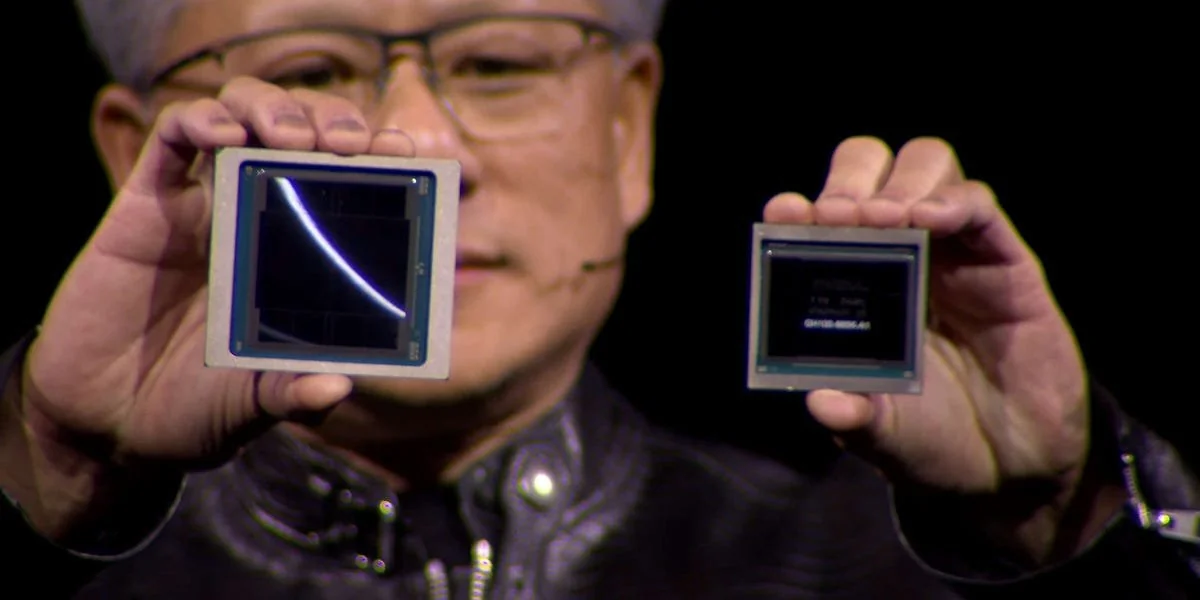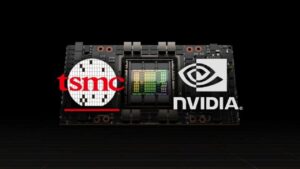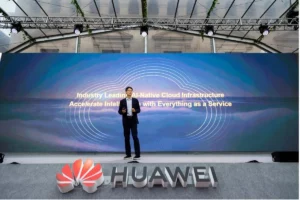Introduction:
The semiconductor industry is undergoing a seismic shift with the introduction of NVIDIA revolutionary GB200 Oberon architecture.
Codename for NVIDIA’s “Grace-Blackwell” superchip which Combines a 72-core CPU with dual high-powered GPUs. This chip is Designed for high-performance computing and AI workloads.
This cutting-edge development promises to redefine the landscape of ABF (Ajinomoto Build-up Film) substrates, ushering in a new era of performance, efficiency, and scalability.
In this comprehensive exploration, we’ll delve into the intricacies of the GB200 architecture and its profound implications for the semiconductor ecosystem.
Follow us on Linkedin for everything around Semiconductors & AI
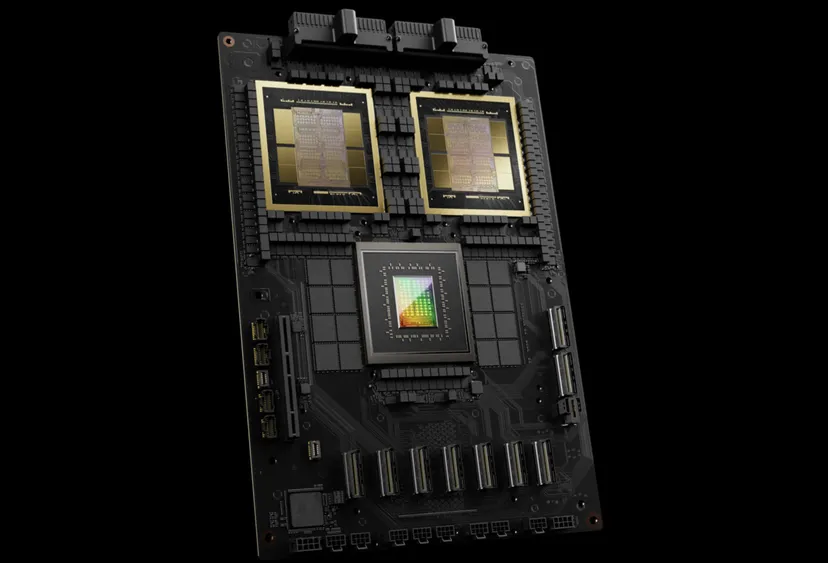
Understanding Nvidia GB200 Oberon Architecture:
At the heart of NVIDIA’s latest innovation lies the GB200 Oberon architecture, a testament to relentless technological advancement.

Built to address the burgeoning demands of AI, data centers, and high-performance computing, the GB200 architecture represents a quantum leap in processing power and efficiency.
Leveraging state-of-the-art design methodologies, the GB200 architecture boasts an array of groundbreaking features, including advanced parallel processing capabilities, enhanced memory bandwidth, and robust security protocols.
This amalgamation of cutting-edge technologies positions the GB200 architecture as a game-changer in the semiconductor landscape.
Read More: $74 Billion on the Line: Tech War Heats Up as China Ban Intel AMD Processors from Govt. – techovedas
Expanding Nvidia GB200 Demand for ABF Substrates:
The introduction of the GB200 architecture has catalyzed a surge in demand for ABF substrates, signaling a paradigm shift in semiconductor manufacturing.
ABF Substrates, ideal for high-density components often utilized in high-performance computing systems, represent a type of flexible printed circuit board.
Projections indicate a substantial increase in the area of ABF substrates, driven primarily by the widespread adoption of B-series chips powered by the GB200 architecture.
The GB200 architecture drives an unprecedented demand, especially in AI server substrates, for its unmatched performance and efficiency. Semiconductor industry prepares for the surge, with ABF substrate manufacturers positioned to enable next-gen computing solutions.
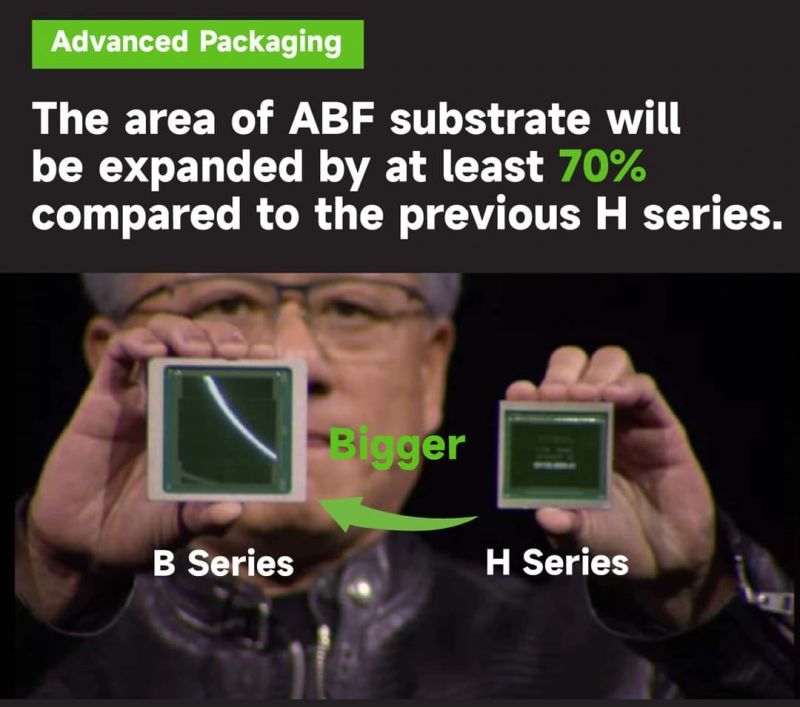
Read More: 80% Home Tools by 2024: “Father of China’s Chip Equipment” Leads Domestic Blitz – techovedas
Implications for the Semiconductor Industry:
The emergence of the GB200 architecture has profound implications for the semiconductor industry, reshaping the competitive landscape and fueling innovation across the board.
The proliferation of AI and data center applications at an unprecedented rate is poised to skyrocket the demand for high-performance substrates.
Significance:
- Shift in Semiconductor Manufacturing: The widespread adoption of GB200 architecture marks a major shift in how semiconductors are manufactured. This could lead to more powerful, efficient, or miniaturized chips compared to the previous generation.
- Increased Demand for ABF Substrates: The fact that GB200 requires more ABF substrates suggests the architecture might involve complex designs requiring more layers or specific material properties that ABF substrates provide.
Possible Implications:
- Improved Electronic Devices: The shift to GB200 architecture could lead to better performance, lower power consumption, or smaller sized electronic devices like smartphones, laptops, and other gadgets.
- Boost for ABF Substrate Manufacturers: The increased demand for ABF substrates indicates growth for companies that manufacture them.
Semiconductor manufacturers are doubling down on research and development efforts to enhance their ABF substrate offerings. This leverages the transformative capabilities of the GB200 architecture.
The Oberon architecture transition sparks new collaborations and partnerships in the semiconductor ecosystem. It propels collective advancement and innovation.
Read More: Why Cognitive Computing is Considered Future of Artificial Intelligence – techovedas
Unveiling Future Projections:
Looking ahead, the future of ABF substrates appears exceedingly promising, buoyed by the relentless march of technological progress.
By 2025, AI servers will dominate global ABF substrate demand, driven by the GB200 architecture. Semiconductor manufacturers rush to seize growth opportunities.
Transitioning to Oberon architecture sparks substrate tech advancements. Expect unparalleled performance, efficiency, and reliability in future computing.
Conclusion:
N.VIDIA’s GB200 Oberon architecture represents a watershed moment in semiconductor design, heralding a new era of innovation and possibility.
As the semiconductor industry embraces the transformative capabilities of the GB200 architecture, the horizon is brimming with potential.

